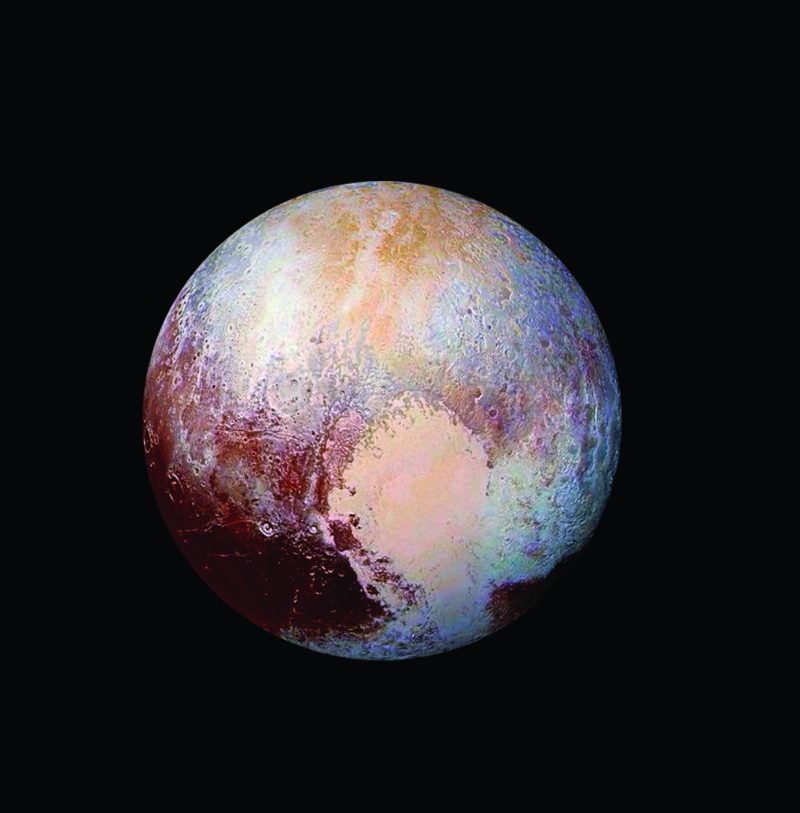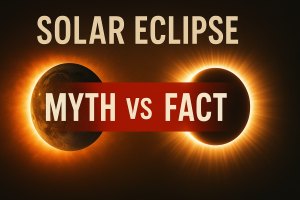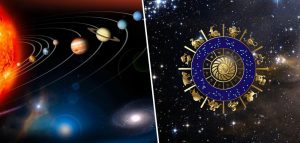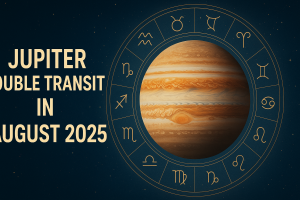Is Pluto A Planet?

Is Pluto a planet? That is the question many have asked over the last several years. NASA and other science organizations are seeking to find out. In an effort to gain clarity on this issue, the New York Times has run a series of articles asking that question. The answer, as it turns out, is not quite so clear. At least, not yet.
Many of us will be familiar with the definition of a planet. It is defined as any planet (including some minor ones), which is orbiting around a star. A planet can also be considered a more specific model in relation to the solar system. There is a long list of objects that fit into this latter category, including several icy satellites, comets, and even dwarf planets.
Astronomers have not found definitive evidence that Pluto is indeed a planet. In fact, many of the theories that explain the formation and evolution of the largest planet in the solar system are still being debated by experts in the field. It is for this reason that the question “Is Pluto a planet” is still up in the air. While the results of new research that attempts to provide a more definitive answer may prove to be less than definitive, there is no question that the debate is ongoing.
While a lot of attention has been placed on whether Pluto is an actual planet, there is also a great deal of interest in what is beyond that surface. As noted above, there is much debate over whether Pluto is truly a planet, or not, but there is general agreement among astronomers that it is not a gas giant like Jupiter or Saturn. In addition, astronomers have not found solid proof that the space-free atmosphere that exists around Pluto is completely devoid of gases. Based upon the composition of the surrounding material, it is very possible that Pluto has an ocean, but it is not clear whether it is large enough to allow ocean-like molecules to form.
While more evidence is needed to determine whether Pluto is a planet or not, it is safe to say that it is very similar to other known natural satellites. The majority of these natural satellites, including Sedna and Triton, are considered to be semi-dwarf planet planets. Dwarf planets can actually be classified as natural satellites, but they are too small to be considered a true planet. The most complete data on the composition of these bodies comes from the New Horizons mission, which gave scientists an accurate weight measurement of about 0.93 Pound per Kilometer. This is significantly smaller than the estimated weight of about ten billion pounds that is listed by amateur astronomers for the approximate mass of Pluto.
New research indicates that two-icy dwarf planets were discovered by the New Horizons project, which is very much like Sedna and Triton in composition. These two objects are actually very similar in some aspects, which led the researchers to call them a “dwarf planet” instead of a “planetary body”. Another suggestion is that these objects have an extremely dark atmosphere, similar to what is found at the cores of red super greens. Very little is known about these atmospheres, and there is no way to confirm whether or not they are similar to that of planets in our solar system.
There are also some other suggestions that Pluto is not really a planet because it is too small to gather much matter that would be necessary for building stars and planets in our solar system and universe. Scientists believe that objects with less mass than this cannot form new planets, and therefore cannot have developed planets and star systems within our solar system and galaxy. This definition is somewhat controversial, as many astronomers feel that a very small space with no significant gravity could indeed support life. The size of the object itself is used as a criterion, however.
One of the most definitive answers as to whether or not Pluto is a planet is a result of the information provided by the New Horizons mission, which was designed to determine if any large, around 10 km in diameter, icy objects could be found around the dwarf planet. The results of the investigation showed that a majority of these small icy objects are in fact frozen in a solid form. Although these objects may not be considered planets in the strictest definition of the word, they are most definitely objects of interest to astronomers and planetary scientists. A detailed study of these icy objects, and the formation mechanisms that brought them about, will hopefully provide insight into the formation and development of planets in the future.




